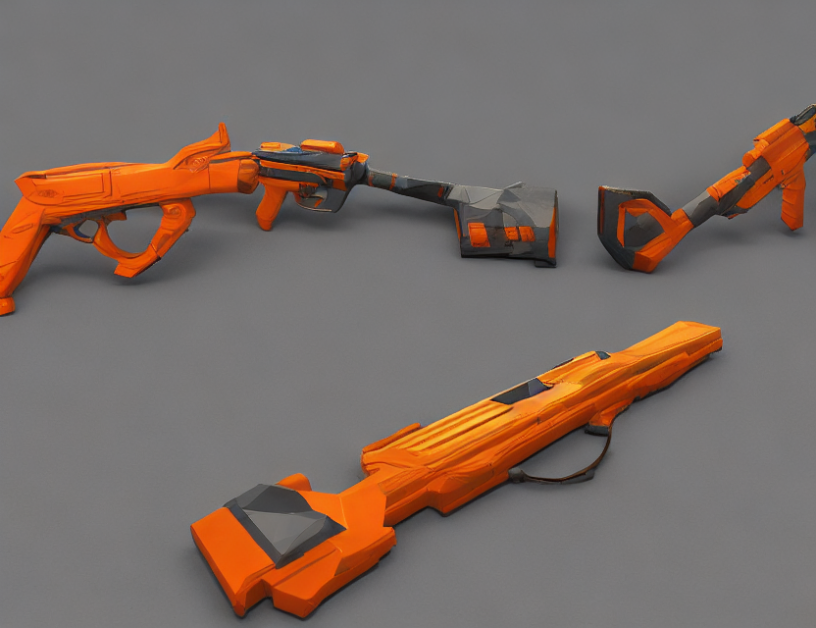This article explores the use of Neural Radiance Fields (NRF) for reconstructing and segmenting 3D scenes from a variety of inputs, including images, depth maps, and other related data. NRF is a powerful technique that can generate photorealistic renderings of 3D scenes with high accuracy and resolution. The article presents several key findings and advancements in the field, including the use of feature field illumination for editing NRF models, point-based neural rendering for novel-view synthesis, and the application of NRF to multiview reconstruction and segmentation.
To explain this complex concept in simpler terms, imagine a 3D scene like a room with objects inside it. Traditional methods for reconstructing and segmenting this scene would require a lot of data and computation, such as taking many pictures from different angles or using specialized sensors to capture the shape and appearance of each object. However, NRF provides an easier and more efficient way to do this by using a neural network to learn the underlying structure of the 3D scene from a limited amount of input data.
One key advantage of NRF is its ability to generate high-quality renderings of the 3D scene from any viewpoint. This means that if you were to walk around the room, the rendering would look just as good from every angle, without requiring any additional input or computation. Another important application of NRF is in multiview reconstruction and segmentation, which allows for the creation of detailed 3D models of real-world scenes by combining data from multiple viewpoints.
The article also compares the performance of NRF with other state-of-the-art techniques in terms of scene rendering quality and segmentation accuracy. The results show that NRF outperforms these methods in many cases, particularly when dealing with complex or dynamic 3D scenes.
In summary, Neural Radiance Fields have the potential to revolutionize the field of computer graphics by providing an efficient and accurate way to reconstruct and segment 3D scenes from a variety of inputs. With its ability to generate high-quality renderings and multiview reconstruction, NRF is a powerful tool for creating photorealistic simulations or analyzing real-world scenes in detail.
Computer Science, Computer Vision and Pattern Recognition
Enhancing Scene Reconstruction with NeRF-Based Methods



